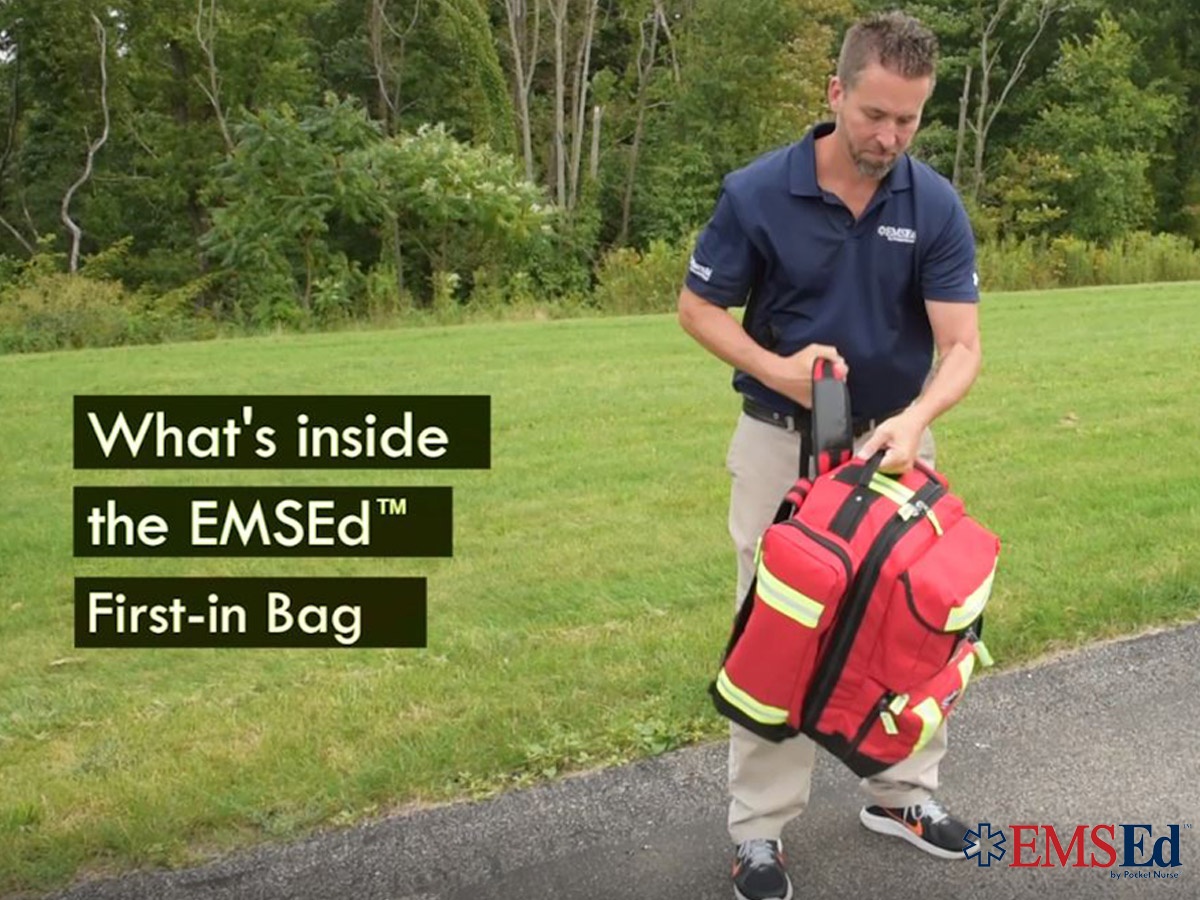
The use, overuse, and abuse of opioids in the United States is a multifaceted issue that emergency medical services (EMS) face. Although the media has spotlighted the negative impact of opioid overdose and diversion, EMS systems still rely on opioids to manage pain.

The EMS Today Hands-on Experience is in its third year as a one-of-a-kind experience of interactive learning lab and clinical challenge. Participants visit formative scenario learning labs, where as a group they will use the latest equipment, supplies, and technology to demonstrate real-life simulation training. These formative group labs provide a ...

Practicing as if one is in a real emergency situation is a key concept for effective simulation. EMS students need to perform their assessments and treatment with as much realism as possible.

Emergency Medical Services (EMS) as a career has come far since the National Academy of Sciences 1966 white paper, Accidental Death and Disability: The Neglected Disease of Modern Society. Our first two generations of leaders, educators, providers, and medical directors have brought us a long way, but in comparison to the other fields of medicine, we ...

Realistic formative and summative scenarios are how we in EMS education fulfill the mantra, “Train like we fight.” Formative scenarios reinforce the learning process with perfect practice by providing frequent and accurate feedback to ensure automatic delivery of the skills (NREMT, 2015). Summative scenarios are used to evaluate a student’s ability to ...










